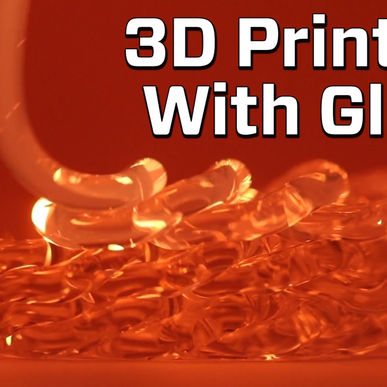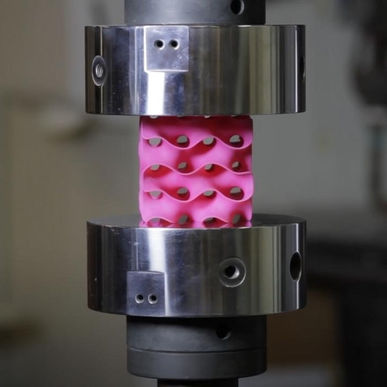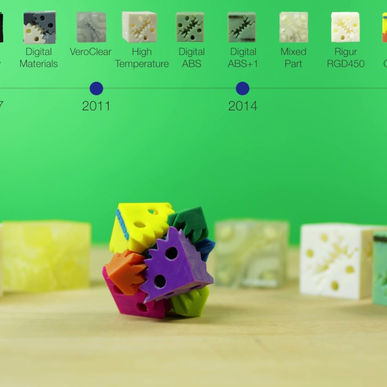Expanding Material Selection
BACK TO REVIEWING 3D-PRINTING RESEARCH

The number of materials is in constant flux as researchers create new or hybrid materials to provide additional capabilities through 3D printing. Weight reduction, new functional enhancements, more highly integrated parts and ecosystem savings are examples of new material benefits.
SAVINGS
The conductive carbomorph is an example of a hybrid composite material made from melted thermoplastic mixed with carbon black to create a composite material that can be extruded with standard ABS settings on a standard 3D printer but that also conducts electricity.
Other options include different colors of filaments, filaments with metallic glitter, thermal color-changing plastic, and glow-in-the-dark pigments and dyes.
There are materials that are compatible with consumer-level printers. For example, a material that looks like wood, or a material that resembles sandstone, intended for architectural modeling.
Let's take a look!











